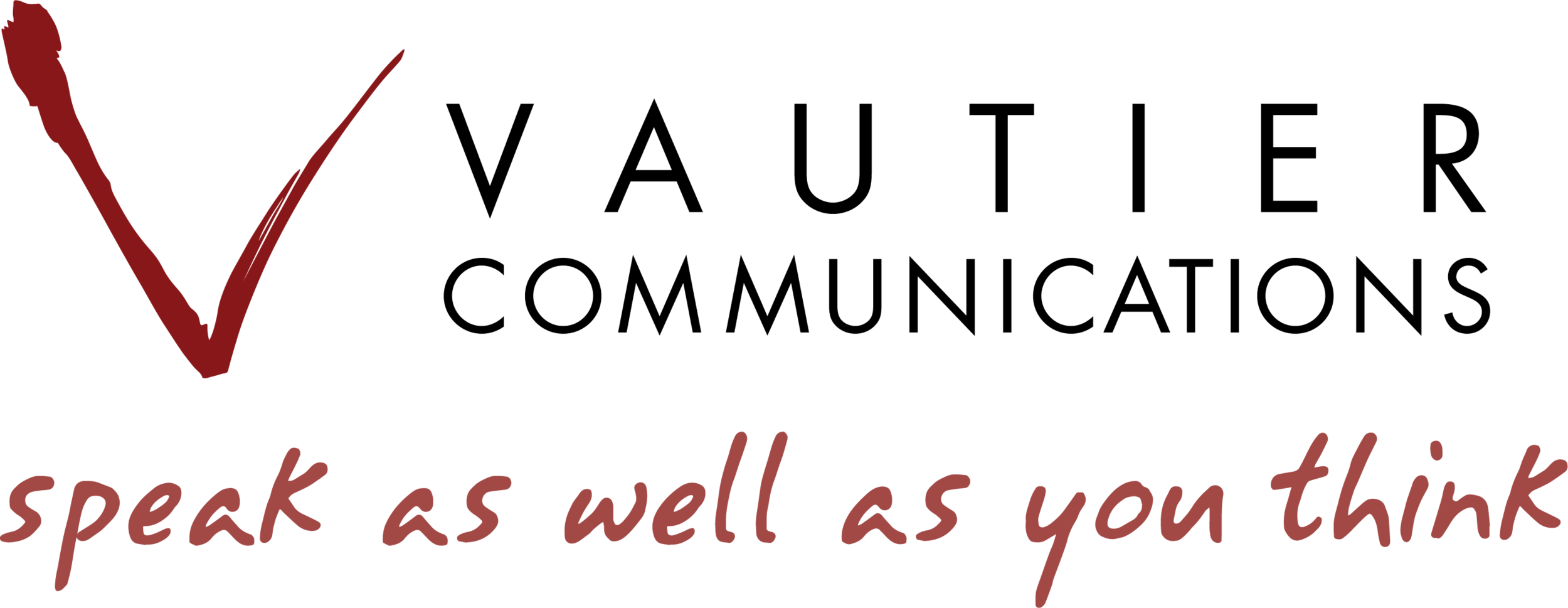Content or Delivery: Which Matters More?
One comment we’ve heard often is, “My audience doesn't care about my delivery, only my content.” While this may be true in some scenarios, we recommend having both quality content and delivery. Here’s why:
First, the idea that your audience only cares about your content assumes that you will be presenting your content to an audience who knows you. If your audience knows you, they are likely familiar with your communication habits, such as your normal pace, volume, eye contact, etc. This means they are also likely familiar with your content, especially if you work with one another. This familiarity can reduce friction when you deliver your message.
The question is, what happens when you deliver the same content to a different audience, an unfamiliar one?
An audience who is unfamiliar with you is also likely unfamiliar with your communication habits and your content. As such, you may have to adjust how you deliver your content.
It’s important to remember that the way you deliver your content can affect its impact. If you’ve taken a statistics or data course, you’re familiar with the different ways you can present numerical data visually. For example, when discussing findings that measure change over time, choosing to use a line graph instead of a bar chart can drastically help your audience better understand the point you’re trying to make.
Volume, pace, and eye contact can do the same for your content. Choosing when your speech rate slows down or increases can help emphasize certain aspects of your content. Pausing after sharing certain information allows your audience to process what you’ve shared. Maintaining eye contact gives your audience the sense that they’re in a personal conversation. Reiterating a few main points from your presentation can ensure that your audience maintains focus on certain portions of the information you present. These techniques alter the way an audience perceives the information being shared.
At a minimum, improving these areas won’t hurt your content. There is zero risk in pairing quality content with quality delivery. Remember that quality delivery does not mean using excessive PowerPoint slide effects or moving and speaking theatrically. Rather, high-quality delivery involves focusing on a few fundamentals of communication, from eye contact, open body language and posture, volume, vocal inflection, speech rate, and a lack of non-words, to name a few. Improving these areas won’t detract from the content you’re trying to communicate.
While enhancing these aspects of your delivery carries no risk, delivering a presentation where the content is out of alignment with your delivery can be hazardous.
Let’s look at two examples.
Imagine you’re leadership and someone is sharing important information with you. You’re hoping to see the speaker present in a confident, knowledgeable, and trustworthy way. The content is filled with positive information but the speaker uses a lot of non-words and upspeak. Merriam-Webster defines upspeak as “giving the last syllable a higher inflection.” These things give the impression that the speaker is asking a question or unsure of what they’re saying, even if the content is clear in its written form.
Imagine you’re listening to a speaker but they never look at you, only speak to their slides or content. In addition, they deliver in a monotone voice. They might be presenting the most interesting information, but you’ve checked out before hearing it. A boring delivery certainly impacts what an audience hears or retains.
To avoid this, ensure your delivery reinforces your content through communication habits that demonstrate clarity and confidence. Your delivery ultimately dictates engagement, not just the content. An audience only gets what you give them, and they get it at face value. What they see you doing physically and how they listen to you vocally determines how the message is received.
By pairing quality content with a strong delivery, you begin to navigate the ever-changing audience landscape. In some situations, the content itself will be key, and in others, it will be the delivery - but bringing both to the table will make it easier to appeal to all!

